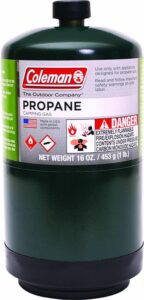What’s Up With That?

My friend Paul recently shared a series of articles about his camping and backpacking trip to Big Bend National Park. In Part 2, he recommended a Driving Guide for visitors to the park. (by the way, I recommend you read Part 1 and Part 3 of Paul and Joan’s recent adventures in Texas).
He said, “If you decide to drive the backroads of Big Bend, we found the $7 backcountry road guide a great purchase. You can get it online or at the visitor centers. It has mile-by-mile descriptions (sorry to those in the civilized world, it only lists Freedom Units TM), a brief description of the routes, and even some history.” <bold is mine>
I was curious about the term “Freedom Units.” I’m not really into slang words or phrases, and I don’t know much about current urban dictionaries. So, I did a quick search online, and I found out that Freedom Units is a joke about the Americanized Imperial measurement system that the United States uses.
Guess what? Only three countries in the whole world officially use the Imperial System: the United States, Liberia, and Myanmar (also known as Burma). The rest of the world uses the metric system. I don’t mean to knock Liberia or Myanmar, but they don’t come to mind as places that are at the forefront of scientific research. The United States is.
Also, I found out that every country in the world, except these three, has laws that require people to use the metric system.
So, what’s the deal? Is the metric system some kind of communist plot? Is there a good reason why the United States should keep using the Imperial System? Let’s take a closer look at this topic.



